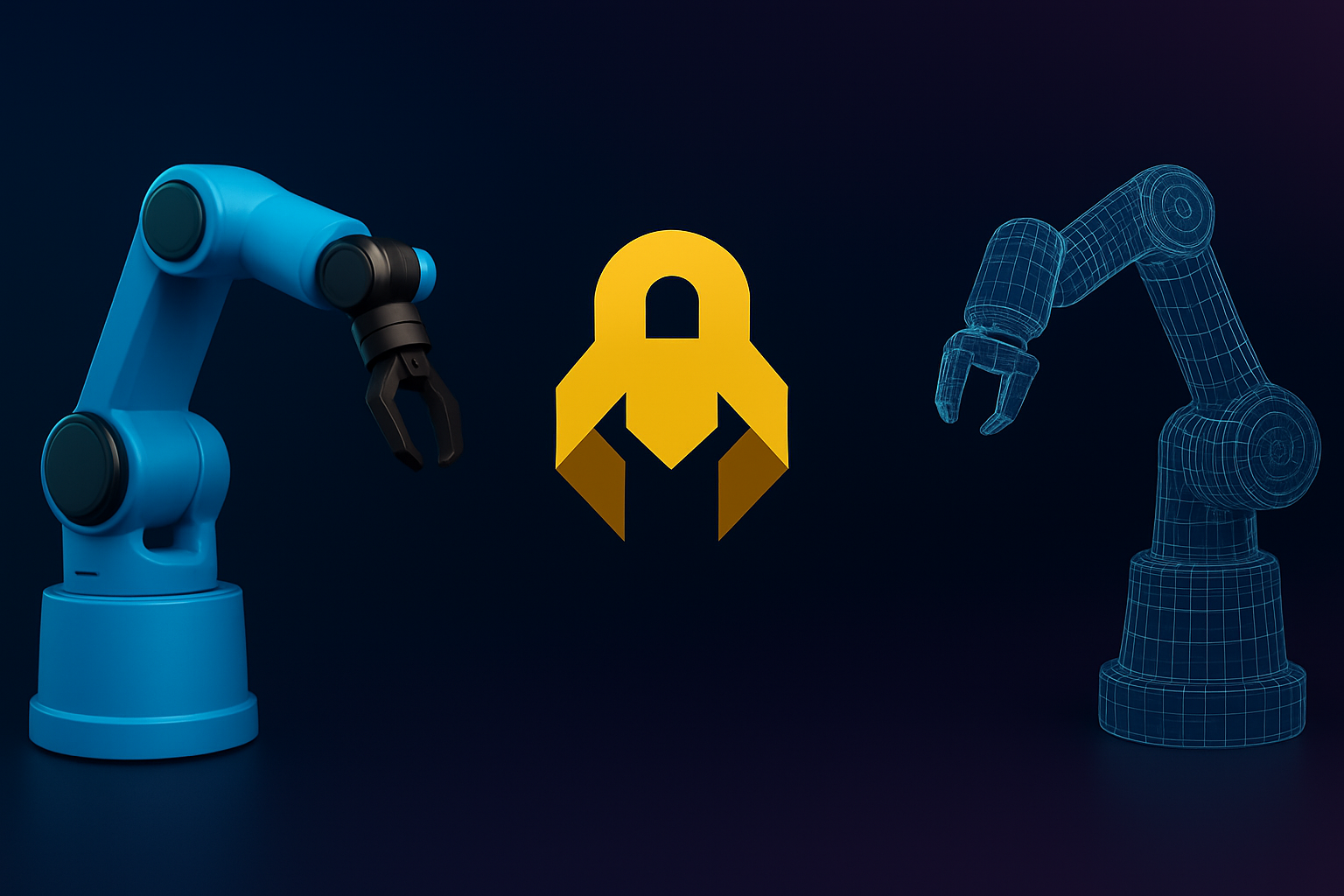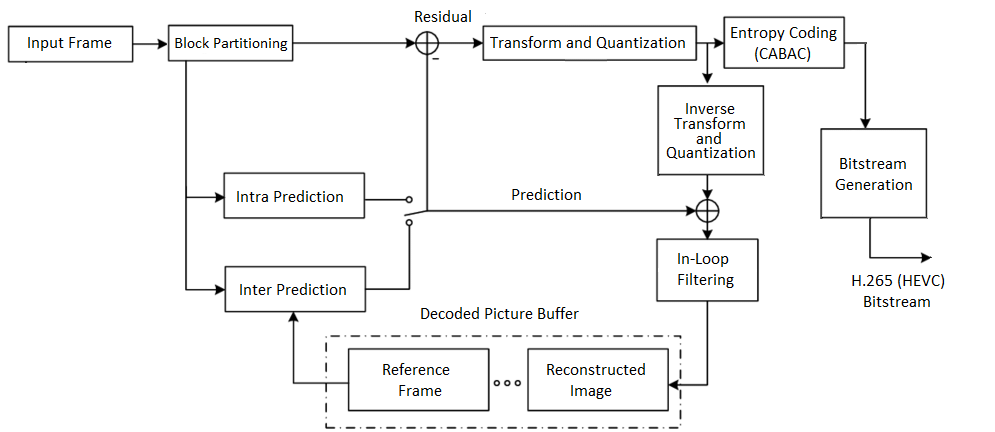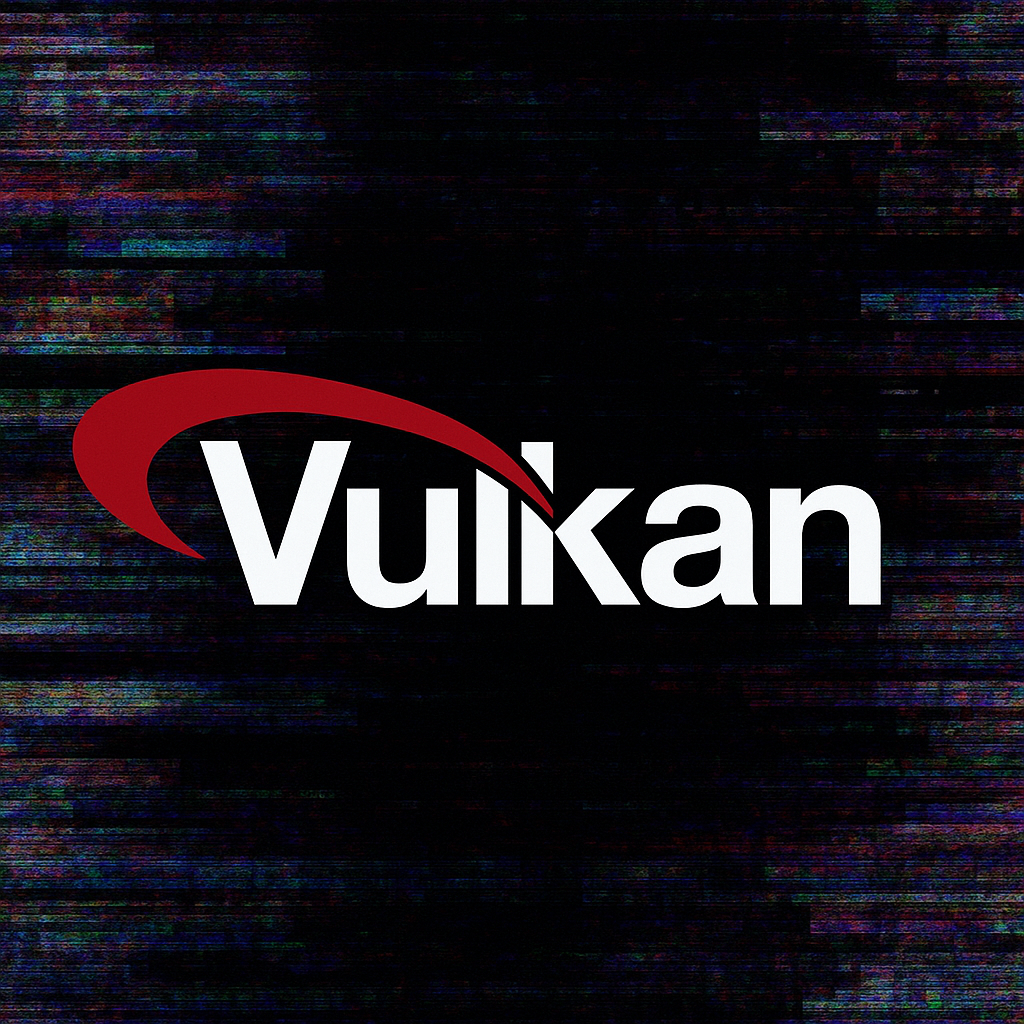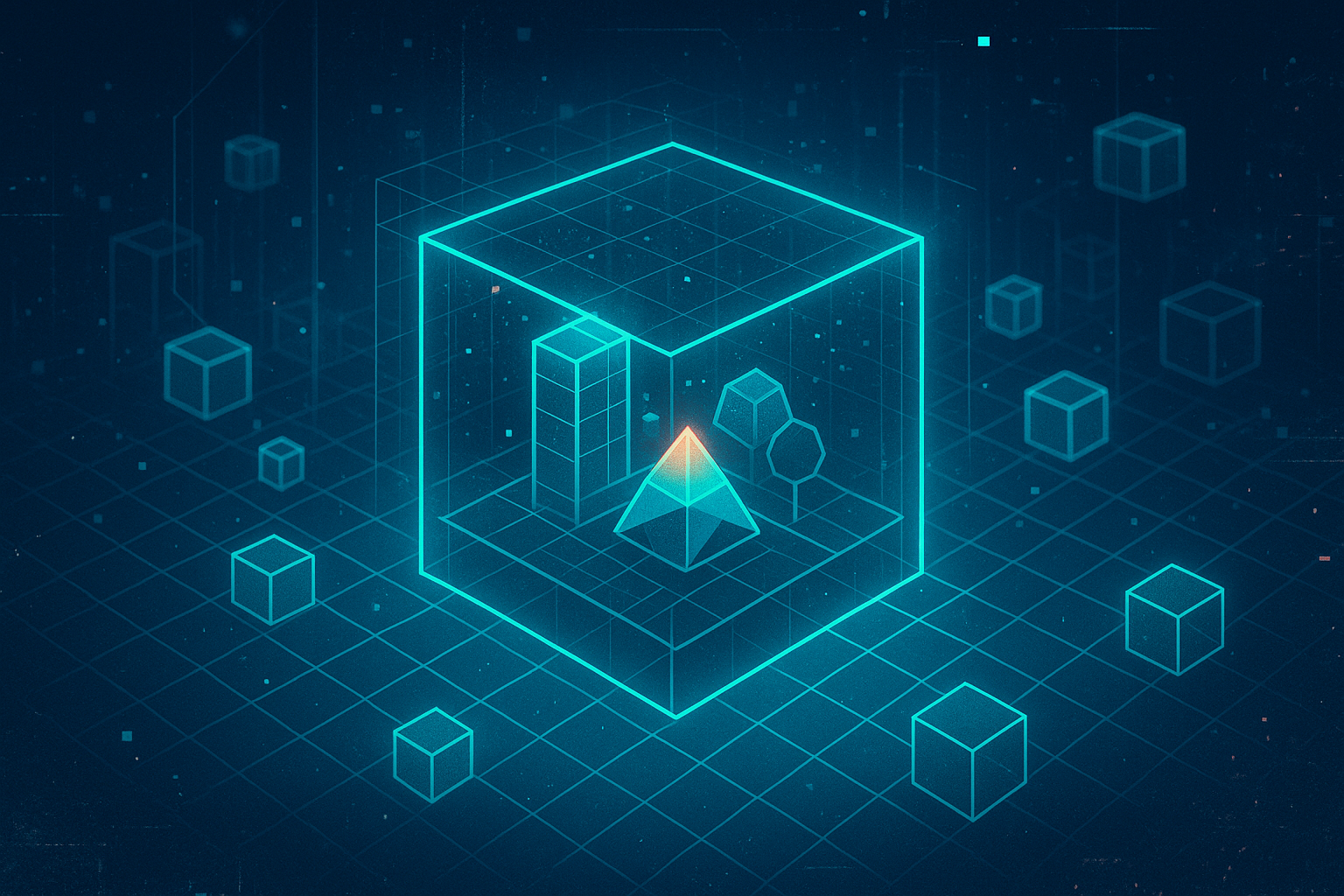Real-Time Robot Digital Twin
Lately, I've been playing with OPC-UA subscriptions to mirror a real robot's live state in its 3dverse Digital Twin. In this devlog, I'll walk through how I built a Node.js app that runs both an OPC-UA client and a Livelink headless client. The OPC-UA client receives updates of the robot state and forwards them via Livelink to synchronize its 3dverse Digital Twin.











